The Klåstad ship was a “knarr,” a type of Viking ship built for carrying cargo and long voyages with trade goods. Bjørn Farmann was the first known merchant in Vestfold. Saga Farmann is named after him.
By Espen Jørgensen
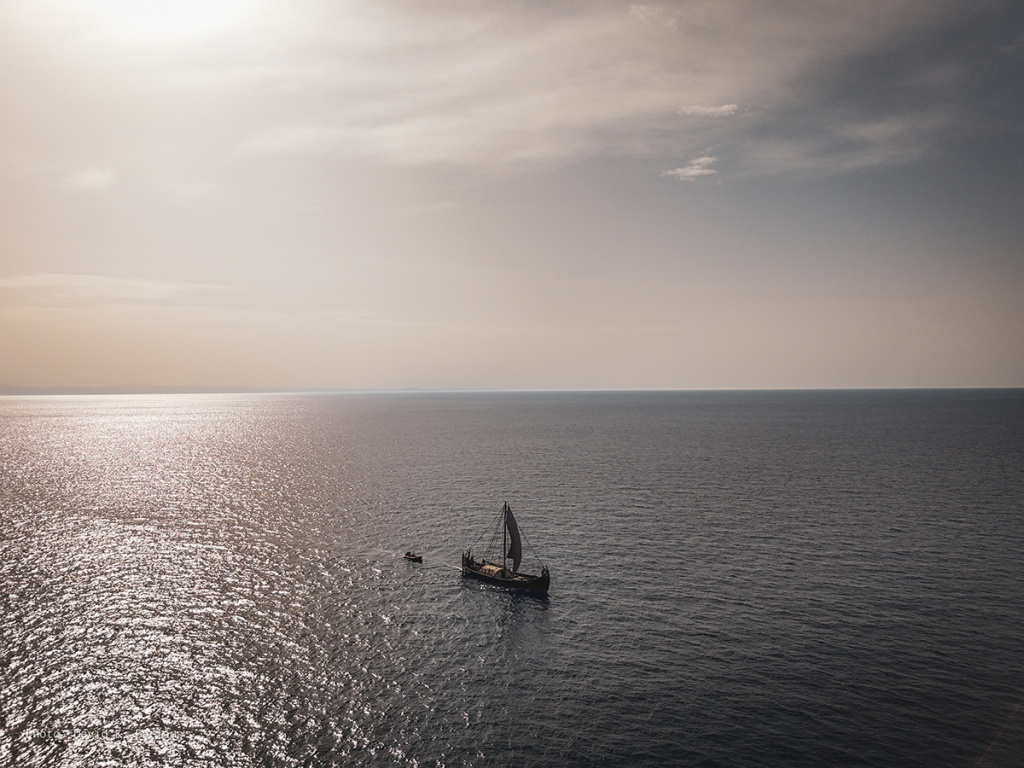
Bjørn Farmann was the son of Harald Fairhair, who, according to the sagas, united Norway into one kingdom. He had many sons, including Bjørn, whom he appointed as a petty king in Vestfold. In other words, Bjørn was a kind of regional king under his father. As a petty king, Bjørn Farmann likely had several administrative duties, one of which was probably tax collection. This, however, became a source of conflict after his father’s death. Bjørn refused to do the same for the next national king, his brother, the notorious Viking Eirik Bloodaxe. With a brother with such a name, things couldn’t possibly end well, but we’ll return to that later. First, let’s look at Bjørn Farmann the merchant.
“The one who travels”
The story of Bjørn Farmann is not richly detailed, but what we know about him is recorded in Snorre’s Heimskringla. Therefore, we must rely on that, even though Snorre lived in the 13th century, over 300 years after Bjørn Farmann’s death.
Bjørn was given the nickname “Farmann,” meaning “the one who travels.” This was because he often embarked on overseas voyages. The destinations were usually foreign trading cities where he could engage in what he did best, namely buying and selling. Bjørn Farmann was a skilled merchant, one of those who laid the foundation for Tønsberg’s strong position as a leading and vital trading town in the centuries that followed. For this reason, one could perhaps rightly claim that Bjørn Farmann was a sort of founder of Tønsberg. Perhaps it’s not surprising that, in modern times, a large shopping center was named after him—Farmandstredet, now Alti Farmandstredet.
Bjørn Farmann was reportedly well-liked in Vestfold and Viken. It was said that he was wise and calm, traits that were not always the greatest strength of kings and jarls at the time. Bjørn Farmann was said to prefer peaceful trade relations with both foreigners and locals, rather than the war and plundering expeditions favored by many other kings and nobles. Perhaps it’s not surprising that he was popular among many of his contemporaries. Attractive goods and ringing coins could sound just as sweet as newly sharpened swords and axes. They were certainly preferable for the average man and woman.
A fateful quarrel
Bjørn Farmann was married and had a son named Gudrød, who in turn became the father of Harald Grenske, who later became the father of Saint Olaf. Mighty and well-known men, therefore, sprang from Bjørn Farmann’s lineage.
Unfortunately, Bjørn Farmann was the brother of the Viking warrior Eirik Bloodaxe. His nickname suggests that he was not someone to be easily crossed. And that’s exactly what happened. Around the year 927, Eirik Bloodaxe arrived in Tønsberg with warships and soldiers. Once there, he demanded that Bjørn give him the taxes and duties that King Harald owned in Vestfold. But Bjørn had always brought these taxes directly to the king himself, so he refused to comply with his brother’s demands. The result was a violent quarrel between the brothers, and Eirik left empty-handed. Later that evening, Bjørn Farmann went to the royal estate at Sem, which was located roughly where Jarlsberg Manor and Sem Church stand today. There, Bjørn and his men ate, drank, and enjoyed themselves.
Later that night, they received a fateful visit. Eirik and his warriors surrounded the royal estate, set it on fire, and forced Bjørn and his men into the darkness, where they were met by flashing swords and axes ready to strike. A battle ensued, but Bjørn and his group were no match for the professional and seasoned warriors who lived by the sword. Thus, the peaceful petty king and merchant Bjørn Farmann was murdered by his brother Eirik Bloodaxe.
Eirik was not satisfied with this and returned to Tønsberg in 934, where he killed two more brothers—Olaf and Sigrød. Three brothers were thus eliminated. According to Snorre, Olaf and Sigrød are buried in the burial mounds at Haugar.
The name lives on
The story of Bjørn Farmann ended in tragedy; living in the Viking Age often resulted in a brutal, sudden death. The people of Viken reportedly received the news of Bjørn’s murder with great sorrow, and Eirik Bloodaxe became a very unpopular man.
According to the saga, Bjørn Farmann was buried in Farmandshaugen at Sem, which can still be seen today. However, extensive excavations in 1917 and 1918 uncovered little to support this claim. Regardless, it is undisputed that the mound will be dedicated to Bjørn Farmann’s memory for the foreseeable future. Bjørn Farmann’s name lives on in modern-day Tønsberg. In addition to the shopping center, we have Farmandstorget with its Bjørn Farmann monument, as well as Farmannsveien, an important road in and out of the city. And not least, the magnificent replica of the Klåstad ship, which bears the name Saga Farmann. There’s no doubt that Bjørn Farmann left his mark.
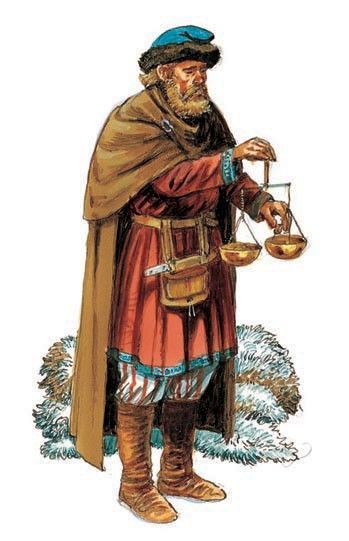
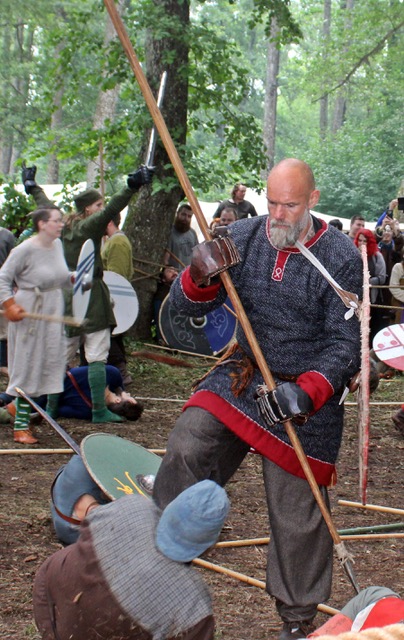

Photo: Espen Jørgensen
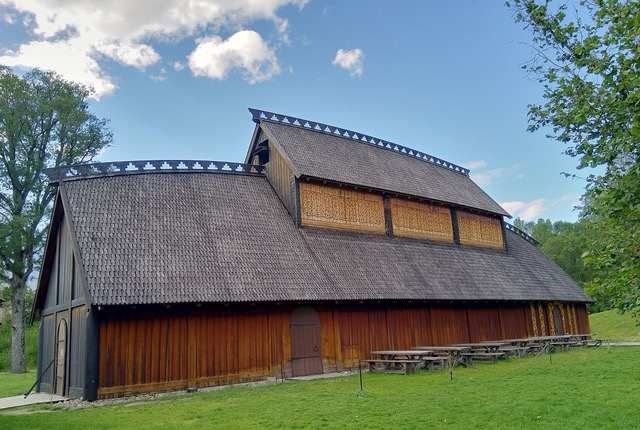
Photo: Espen Jørgensen
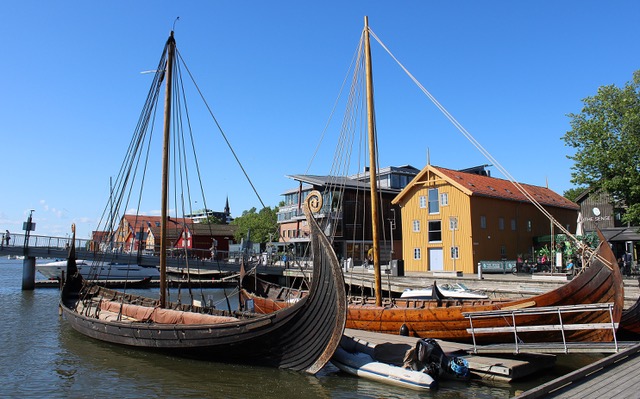
Photo: Espen Jørgensen
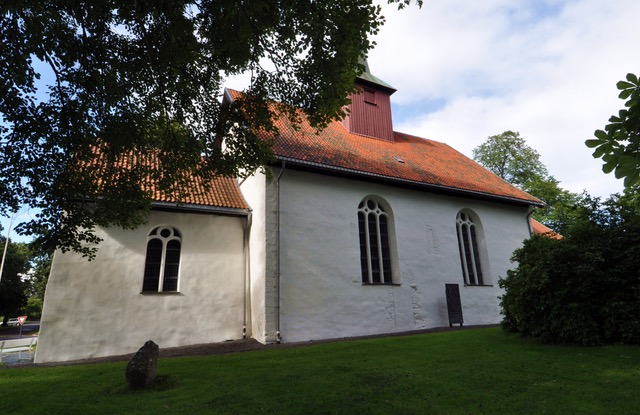
Photo: Espen Jørgensen
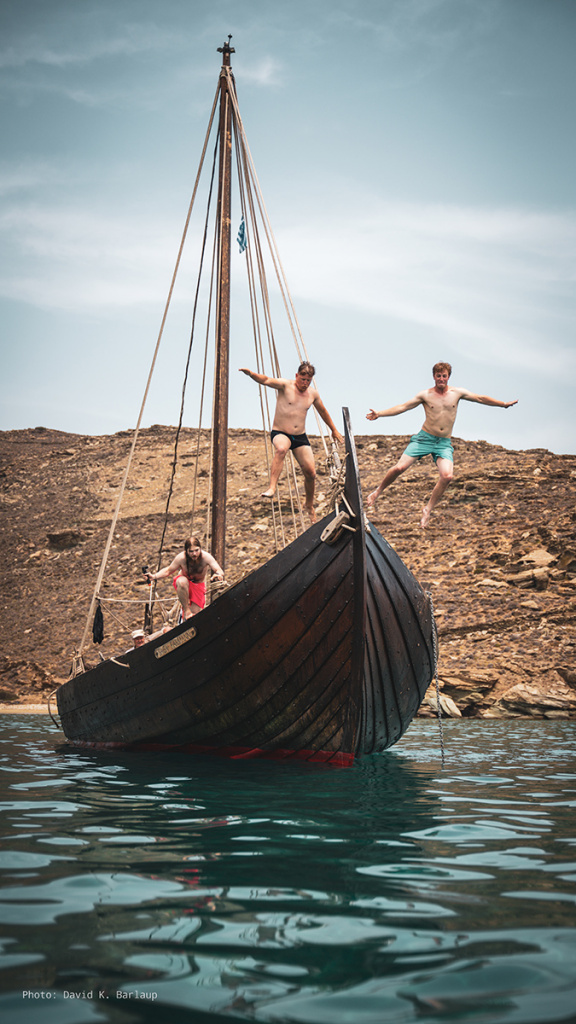
Photo: David Kro Barlaup
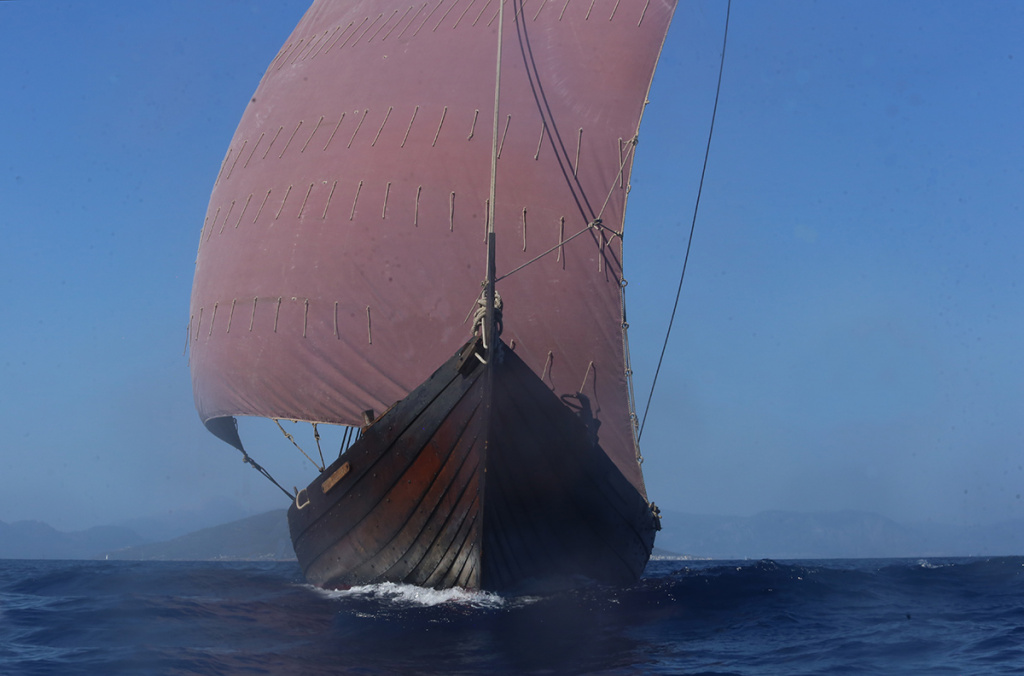
Photo: Håkon Wium Lie

